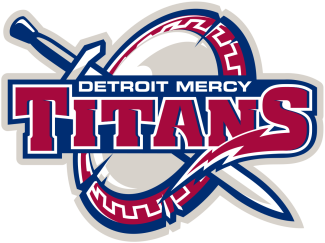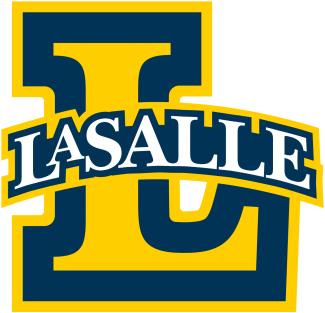With both Harrison and Rabil exiting stage left, it begs the question. Who’s next?
Both said Tuesday that there’s never been more talent on the field than what we see today in the PLL and college lacrosse. Jones and Thompson are in that conversation, as are Pannell and Schreiber. Matt Rambo and Zed Williams have each taken home PLL MVP honors and will be in action at Audi Field this Sunday (12 p.m. ET on NBC) when the Whipsnakes go for a third straight title against the Chaos and 2021 PLL MVP frontrunner Blaze Riorden — whom Harrison said has the personality to take the mantel.
Grant Ament, Jeff Teat and Michael Sowers will ensure the league has permanent residency on “SportsCenter” over the next decade. On the women’s side, Taylor Cummings just reaffirmed her position as the best player on the planet with Athletes Unlimited and Charlotte North has us all enraptured with her stick-bending power.
But none of them are Rabil. They’re not rubbing shoulders with Brady and LeBron or appearing on “Late Night with Seth Meyers.” They’re not on billboards or Page Six. They’re not in GQ or Forbes. Their Google calendar isn’t color-coded for red-carpet appearances.
“It’ll probably be by committee,” Schreiber said when asked who could fill the void. “I don’t think you’re going to find another Paul Rabil.”
For all his triumphs, Rabil spent much of his speech Tuesday talking about losses and missed opportunities.
“They would feel like a dagger to my body,” he said.
A low point came in 2014, Rabil said, when a U.S. team billed as the greatest ever assembled lost to Canada in the gold medal game of the world championship in Denver. Then he broke his foot in the MLL playoffs, the start of a seven-year slog through numerous injuries, including a balky knee that limited him in the second half of this season.
“Once my first love, lacrosse was then my identity. That’s a dangerous place,” Rabil said of his mental state in 2014. “I suffered with every loss and got too high with the wins and stat lines. There was very little presence in my life. I had to unlearn that.”
“It took me until the final game this past season to learn this,” he continued. “It was never about the outcome. It was always about the game. The game is meant to be played, not won. And there is no winning, as there is no end.”
Schreiber, for one, took the message to heart. He used to watch Rabil on TV and string his sticks with the same pocket Rabil used at Hopkins. They became opponents in MLL, teammates with the 2018 U.S. team and now colleagues in the PLL.
“The thing that comes up all the time when people ask me about Paul, he is so brilliant and he has such perspective. We’ve had very few conversations about the technical or lacrosse side of things, but we’ve had a lot about the mental approach to sports,” Schreiber said. “He was just this huge, jacked-up athlete running down the alleys and stinging lower corners. And then you see there’s so much more to him. There’s so much depth. It’s inspiring.”
























